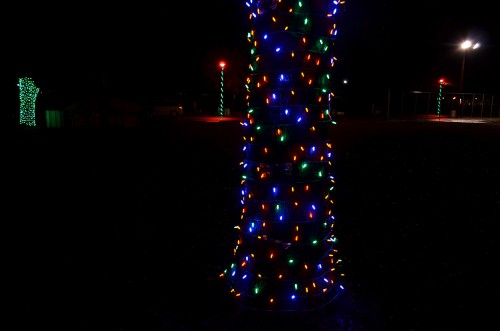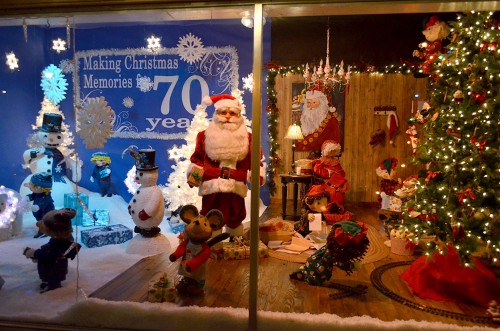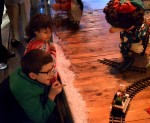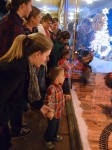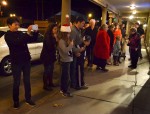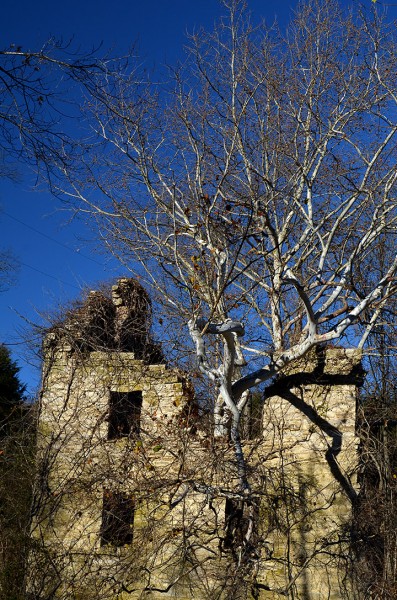 A couple of weeks ago, a member of the Old, Abandoned and Interesting Places – Missouri Facebook group posted a photo of Old Burnt Mill in Perry county. It didn’t sound familiar to me, and none of my East Perry county friends knew where it was, so Google was the next place to turn.
A couple of weeks ago, a member of the Old, Abandoned and Interesting Places – Missouri Facebook group posted a photo of Old Burnt Mill in Perry county. It didn’t sound familiar to me, and none of my East Perry county friends knew where it was, so Google was the next place to turn.
My virtual buddy, James Baughn, of course, had already written about it on his Pavement Ends Missourian blog in 2010.In addition to the mill, he wrote about the oldest road in Missouri. I encourage you to follow the link to his blog. It’s always interesting reading.
Click on the photos to make them larger.
How to get there
Using his directions from Cape Girardeau:
- Take I-55 north to the Brewer interchange (Exit 135).
- Turn right on Route M
- Make a left on US 61.
- Bear left on Route NN.
- After 3½ miles, turn left on Perry County Road 840. Drive down the hill and look for the mill on the right while crossing the bridge.
Here’s a link to a Google map I prepared showing the route to Old Burnt Mill from Cape. It’s interactive, so you can zoom in and out.
You won’t see it in the summer
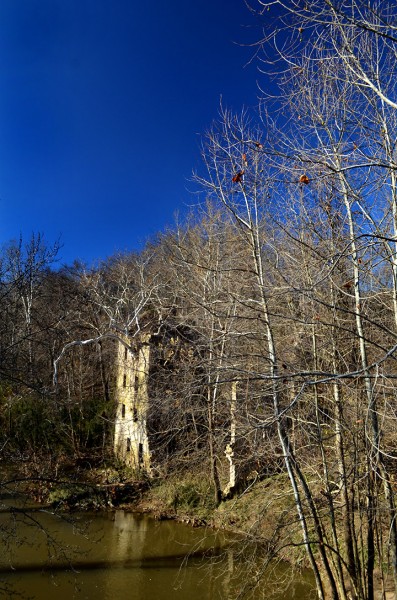 Even with his good directions and some (inaccurate) help from my Lady in the Sky GPS, we stumbled upon it by accident. Just before we crossed over the bridge on 840, I was looking out the driver-side window at a big pond (small lake) and said to Curator Jessica, “I think I see some old bridge piers over there.” (They turned out to be three big culvert pipes unrelated to our quest.)
Even with his good directions and some (inaccurate) help from my Lady in the Sky GPS, we stumbled upon it by accident. Just before we crossed over the bridge on 840, I was looking out the driver-side window at a big pond (small lake) and said to Curator Jessica, “I think I see some old bridge piers over there.” (They turned out to be three big culvert pipes unrelated to our quest.)
Meanwhile, she’s looking out her window and said, “I think I’ve found the mill.” She, being a wife, even if not mine, was, of course, correct.
You can see from this photo taken from the bridge that it would be really hard, if not impossible, to spot if the leaves were on the trees and bushes.
History of the mill
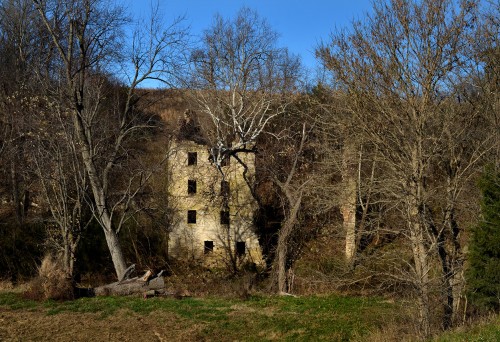 A 1963 Missourian story tells the interesting and convoluted story of the mill. The land it is on was acquired by Amose Rowark and Fransisco Valle prior to the Louisiana Purchase. A grist mill was built sometime around 1818 and changed hands a few times.
A 1963 Missourian story tells the interesting and convoluted story of the mill. The land it is on was acquired by Amose Rowark and Fransisco Valle prior to the Louisiana Purchase. A grist mill was built sometime around 1818 and changed hands a few times.
A young man named Thomas J. Brady, who had been involved in the California Gold Rush, blew into town with a sack full of gold and bought half interest in the mill for $4,000. He married a local gal, and became so well-regarded that the mill became known as Brady’s Mill, even though he was only a half-owner.
In the 1850s, the mill and mill race were destroyed by a flood. The owners were determined to build a structure that could defy the elements. The four-story stone building was erected at the water’s edge to that the strong current caused by the dam would flow through the ground floor to turn the giant stones used to grind the wheat into flour.
Fired up with whiskey
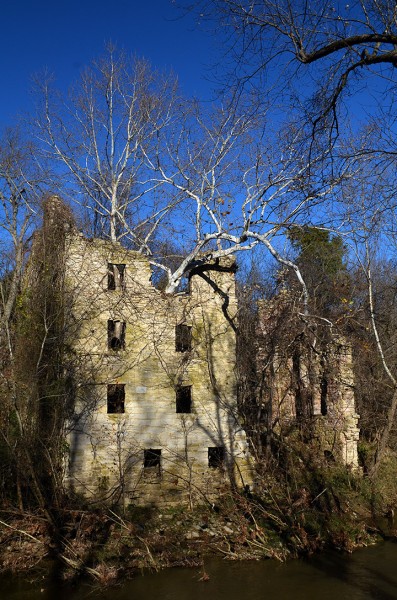 When the race and mill were completed, the story goes, a barrel of whiskey was rolled out to celebrate. “The men became fired with the whiskey and declared that the Almighty Himself could not destroy the race or the mill again.
When the race and mill were completed, the story goes, a barrel of whiskey was rolled out to celebrate. “The men became fired with the whiskey and declared that the Almighty Himself could not destroy the race or the mill again.
That very night, a terrific storm swept the mill race into the creek.”
The fire
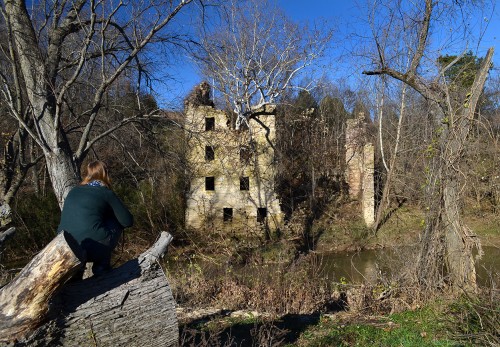 Employee Nicholas Rimboch locked up the mill and went home on the evening of October 12, 1866. One his way to work the next morning, he was stopped and told the mill had burned. When he got there, the ruins were still smouldering.
Employee Nicholas Rimboch locked up the mill and went home on the evening of October 12, 1866. One his way to work the next morning, he was stopped and told the mill had burned. When he got there, the ruins were still smouldering.
The cause of the fire was never determined, but there were some interesting rumors floating around. One of them was that Brady sent his son back East to secure insurance on the mill. His son, allegedly, spent the money on liquor, and returned home without the insurance, something he didn’t share with his father. His father, hoping for an insurance windfall, set fire to the mill.
Is it haunted?
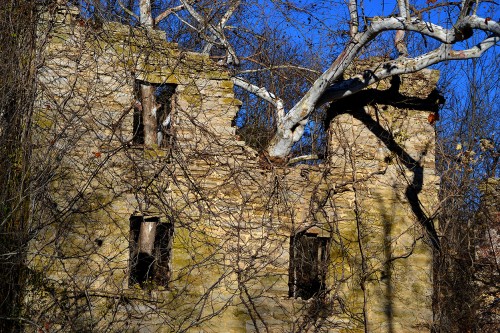 After the fire, one woman said she saw Brady being chased through the woods by his gun-toting half-partner. Brady “departed the community” the day after the mill burned. Years later, a body was found when a nearby pond was drained. It is unknown if the body was Brady.
After the fire, one woman said she saw Brady being chased through the woods by his gun-toting half-partner. Brady “departed the community” the day after the mill burned. Years later, a body was found when a nearby pond was drained. It is unknown if the body was Brady.
Perhaps that’s one of the reasons there are tales the mill is haunted.
These photos were all taken from across the creek. I didn’t want to fight my way through a fairly solid row of brambles and bushes to get to the steep, muddy slope that led to the mill. And, despite the fact that the stone structure looks much like it did in 1963 photos, I didn’t want to be standing next to it when it decided to give up the ghost (and make me one).

